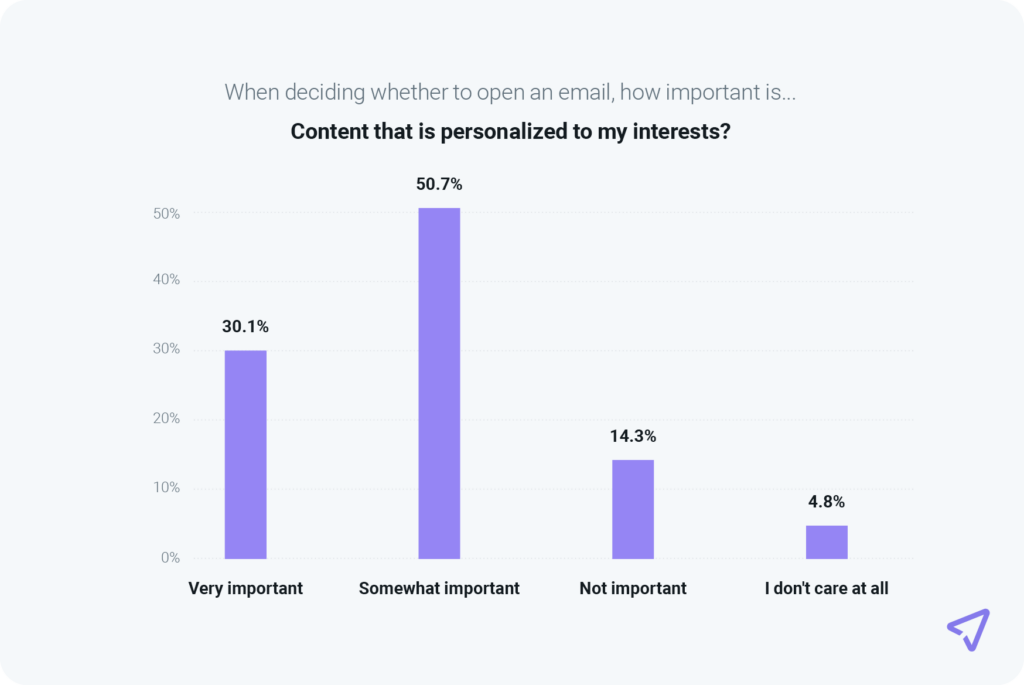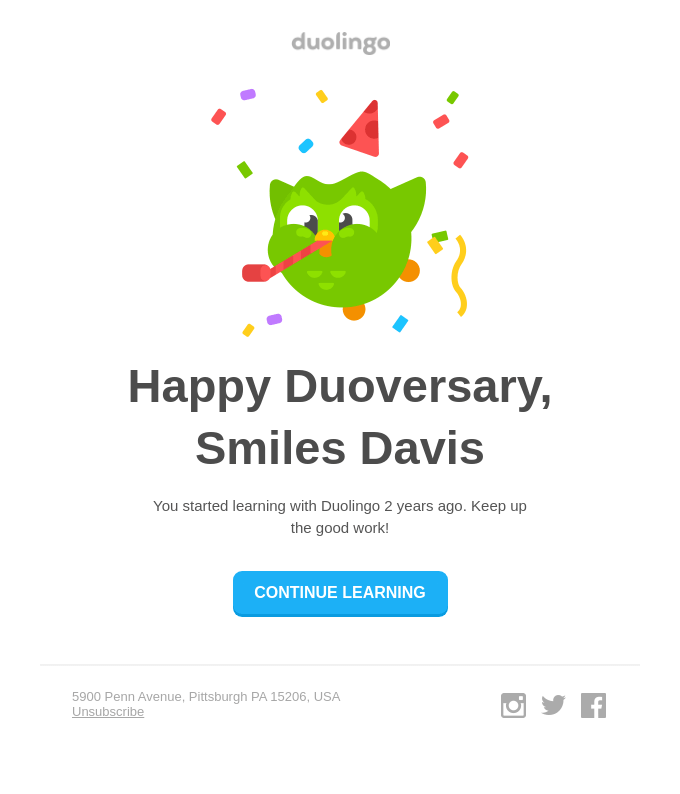Email best practices
Email Academy recap: You had me at Hello [First Name]
![Image for Email Academy recap: You had me at Hello [First Name]](https://w3hy.com/wp-content/uploads/2025/04/Blog-MJ-Email-Academy-Recap-statistics.png)
Email best practices
![Image for Email Academy recap: You had me at Hello [First Name]](https://w3hy.com/wp-content/uploads/2025/04/Blog-MJ-Email-Academy-Recap-statistics.png)
In today’s crowded digital landscape, standing out in the inbox is more challenging than ever. In our latest Email Academy session, “You Had Me at Hello,” Mailjet’s Principal Product Manager, Natalie Lynch, and Senior Email Marketing Manager, Julia Ritter, delved deep into the transformative power of email personalization and the impact it can have on your campaigns.
They shared invaluable insights on moving beyond basic salutations (that’s you, INSERT FIRST NAME) to truly connect with your audience. We’ve summarized those key points for you below, but if you’d like to jump to straight to the full video, simply scroll to the end of the article.
True personalization transcends merely inserting a recipient’s first name into an email. As Julia emphasized, it’s about tailoring their experience and utilizing the information and the data you have to deliver content that’s relevant. This means moving beyond generic blasts to highly targeted messages that resonate with each individual.
“If your message could work for anyone, it will struggle to resonate with someone. Strong personalization sharpens relevance without narrowing reach.”
Natalie underscored this point by showcasing the power of segmentation and dynamic content blocks within a single email, adapted using recipients’ data. For example, think about a travel or tourism company looking to adjust their content based on subscriber preferences. Wouldn’t it be great if you could tailor available hotels, peer-reviewed restaurants, and must-see monuments based on their location? Without having to create several different campaigns…
Not only would it save senders time, but this approach ensures that (while your message is broad enough for a large audience) specific sections become highly relevant to the individual.
In a world where 26% of email marketers receive as many as 50 emails a day, earning attention is crucial. You see, email engagement is not a given; it must be earned by demonstrating a deep understanding of your audience’s needs and preferences. Julia succinctly put it:
“Attention is earned not given. How is it earned? By actually giving your subscribers what they want.”
This giving them what they want is achieved through a combination of relevance, timing, and empathy. A good example shared during the webinar was from the airline Lufthansa – specifically an email sent 48 hours before a customer’s flight.
Now, this wasn’t just a “hey, remember that flight you’ve got tomorrow” but a perfectly timed message that anticipates the recipient’s immediate needs, providing essential information like confirmation numbers, flight details, and links to other channels. As Natalie highlighted, this approach can be applied beyond airlines to any event or service where crucial instructions, parking details, or other relevant information exactly when the user needs it most.
It shows empathy by understanding and addressing potential pain points before they even arise.

To truly personalize, you need to go beyond basic demographic data. Julia and Natalie highlighted several categories of data points that can be leveraged for effective segmentation and content tailoring:
Julia also illustrated how she used poll responses from a previous webinar to send follow-up emails with content specifically addressing each participant’s biggest deliverability challenge, again showcasing personalization based on stated preferences and engagement.

Email automation is not the enemy of personalization; rather, it’s the key to scaling it efficiently. As Natalie clarified
“Automations are meant to automate the email send, not automate the content.”
This means setting up automated workflows for common recurring communications, such as annual anniversaries, onboarding sequences, or educational series.
Within these automated emails, you can then embed dynamic fields, attributes, properties, and conditional logic. This allows a single automation to deliver highly personalized content to different segments of your audience without manual intervention.
This approach, as demonstrated with the location-based content, significantly reduces manual effort while maximizing relevance. The ideal is to “set it, watch it, then adjust it” and allow for continuous optimization. We dedicated an entire Email Academy session to it if you’d like to know more.
Consistent and thorough testing is paramount to successful personalization.
“I know we sound like a broken record with test everything. But seriously, make sure you are testing your emails. We want them to land in the inbox beautifully every time. So test, test, test, test.”
Focus on A/B testing one variable at a time (e.g., subject lines, content, timing) to accurately assess its impact. This is because it’s important to establish cause and effect. If you test five different variables at a time, how are you to determine what exactly is impacting the results? It could be any one of the implemented changes.
Equally important is having fallbacks for empty data fields. If you don’t have a recipient’s first name, ensure your email defaults to a polite “Hi there” instead of an awkward “Hello [First Name]”.
Finally, be mindful of over-personalization, which can come across as creepy or “big brothery.” Always consider privacy laws and only use data that enhances the user experience, rather than making them uncomfortable.
You can watch the recording of the live webinar below: